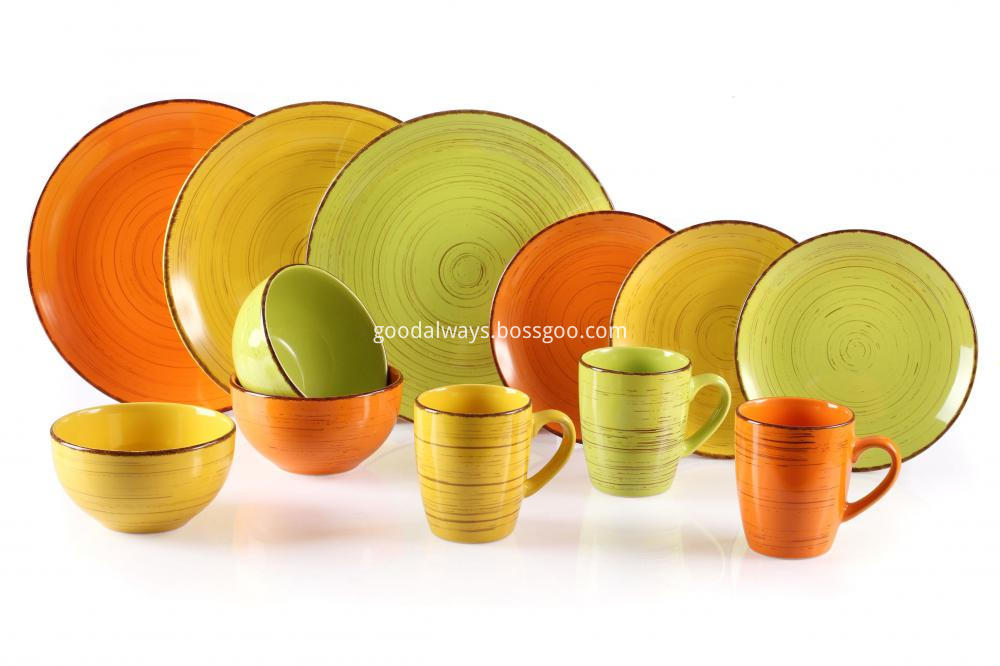From the analysis of the formation mechanism and test methods of the printing adhesion fastness, we can better understand the ways to improve the fastness of printing adhesion (mainly discussed on poly-hydrocarbon films). 1. Raw material selection When producing plastic films, raw materials that contain no or less plastic additives should be selected. We can judge the condition of containing additives based on the technical data of the resin's grade, performance, and application. When raw materials containing more auxiliaries have to be used, they should also be blended with raw materials without auxiliaries. The reason why this choice is made is that the auxiliary agents that are folded out during the molding process and the placement process will form an oil film, thereby weakening the adhesion of the ink on the film. 2. Raw material modification 1) Blend Modification: Blending polyolefins with polymers with good printing properties to improve printing performance is a recent and attractive approach. For example, the modification of high-density polyethylene with polyacrylic resin greatly improves the adhesion of the ink to polyethylene. When 5-20% of poly(methyl methacrylate) (PMMA) is incorporated therein, the above-mentioned adhesion is increased by a factor of seven. Another example is the use of chlorinated polyethylene with more chlorine content to blend, only adding a small amount can significantly increase the adhesion of polyethylene and oil black. When blended with 5% CPE-55, the blend has a three times higher adhesion to ink than pure HDPE. According to relevant reports, some plastic polymer processing aids (rheological modifiers, etc.), in addition to improving production and eliminating melt fracture, also have the effect of improving printing adhesion. Adding polyacrylic resin or chlorinated polypropylene can improve the printability of HDPE based on their poor compatibility with HDPE. When they form a disperse phase in the blend system of HDPE as a matrix and leave the film surface, obviously Advantageous bonding with ink. 2) Graft modification: Graft modification is the use of radiation and other methods to make the grafting reaction of the polyolefin component so that the polyene macromolecule chain with polarity and improve the wettability of the material to the ink. The use of maleic anhydride or acrylic grafted linear density polyethylene improves its printability. 3) Modification by other methods: If a small amount of maleic acid or its anhydride is incorporated in the polyolefin, the ink fastness of the polyolefin film can be improved to a great extent. 3. Printing inks also play a decisive role in the problem of ink fastness. Of course, the corresponding ink should be used for different substrates. For example, a nitrocellulose resin type ink may be used for cellophane; a chlorinated polypropylene resin type ink may be used for the polypropylene film; a polyamide resin type ink may be used for the polyethylene film, and so on. In production, we often add a certain amount of solvent in order to adjust the ink viscosity and volatilization rate. There are two issues that should be noted here: 1) When adding the solvent, the solvent with lower surface tension should be used as far as possible in order to reduce the surface tension of the entire ink system, thereby improving the wettability of the printed film. 2) When the working solid content is too high, the wetting effect will be correspondingly low, which will affect the ink fastness. On the other hand, if too much solvent is added, the effective components that the ink adheres to the film will be relatively reduced, which also causes a decrease in the fastness. In order to solve the contradiction between the fastness of the ink layer and the volatilization rate of the ink, a resin (rubber) or other suitable compatible adhesive resin or rubber corresponding to the ink may be added to the diluent or the ink. This can also improve the ink fastness to some extent. At the same time, if the ink is left for a long time or mixed with impurities, it will cause deterioration of the connecting material. Therefore, fresh ink should be used as much as possible or the changed ink should be replaced in time.
Named: Tableware Dishes/Plates
Material: Porcelain/Stoneware/New bone china
Style: Full white/Deca/Color glazed/Handpainted
Size: 12inch/10.5inch/9.5inch/9inch/8inch/7.5inch
Shape: Round/Coupe/Square/Oval ect
Using: Dinner/Salad/Soup/Pizza/Pasta
MOQ: 3000pcs/color
Port: Shenzhen/Qingdao
Service: Logo printing & own design decal is welcomed!

Plate glass, Dish glass, Dinner Plates
Shenzhen Good-Always Imp.& Exp.Co.Ltd , http://www.good-always.com
